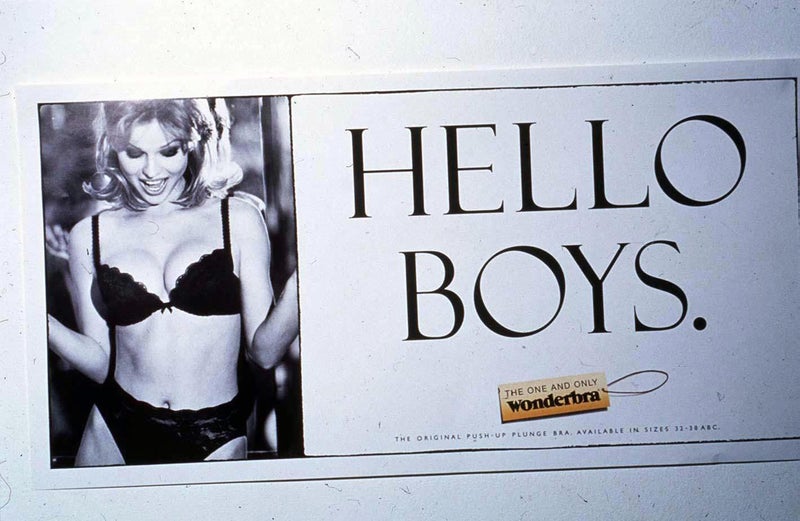Chelsea captain wants more women to talk about a topic she admits once left her feeling embarrassed. Copy link. twitter. facebook. whatsapp. She is one of England’s most successful footballers but, for most of her career, Millie Bright has faced an exhausting and deeply personal battle. For years, the Chelsea and Lionesses defender has been forced to play through persistent pain and discomfort – all because she was wearing an incorrectly fitted piece of kit.
“It wasn’t that big of an issue for me growing up, but in my senior career I’ve had to wear two sports bras,” Bright tells Telegraph Sport. “I want to be open and honest about my experience. It’s not about shaming other brands, it’s just a topic that isn’t spoken about enough.
“I didn’t want to think about anything other than stepping out onto the pitch and playing football, but there’d be times when my shoulders were killing me. Taking a bra off would be such a relief. It’s been a bit of a journey.”. Like many women, Bright experienced breast growth well into adulthood. She has lost count of the number of sports bra brands she has tried and tested and, as a bigger-chested athlete, doubling up on bras felt like the only option to support her performance and try to reduce breast movement. As the demands of professionalism grew, doubling up on sports bras – and the added compression from wearing a GPS vest – became more unbearable.
“I’ve played with back pain and shoulder pain from wearing bras that are too tight,” says Bright, who wore two during the entirety of England’s victorious European Championship campaign in 2022 and when she captained the side to the World Cup final the following year. “If I wore a bra that was too loose, my chest would hurt, and there is the risk of stretch marks. Because I had to wear two bras, I developed pain in my shoulders, neck and back.”.
Bright is not alone. With a growing number of brands selling sports bras that favour sex appeal over practicality (such as backless and halter neck styles) it is no surprise up to 90 per cent of women are thought to be wearing the wrong one. With thousands of brands to choose from – the global sports bra market was worth almost £8 million in 2023 – finding the right one can be a nightmare, and that is before navigating the unhelpful sizing charts. The vague small, medium or large sizing used by most athleisure brands assumes women are the same size top to bottom. Bright knows this only too well. “A medium to me is not a medium to someone else,” she says. “We’re all different shapes and sizes – it’s not just about the sizing, but the bra that you’re putting on.”.
Bright struggled to be open about her sports bra experience in the dressing room – and could not even bring herself to open up to former manager Emma Hayes, who was widely credited with making Chelsea’s programme more female-centric. “You should never be embarrassed in front of your team-mates, but I’d always go to the toilet, put my second bra on, put my top on and come back out,” she says. “That’s when people started noticing and were like, ‘God, you wear two sports bras?’ And I’d be like, ‘Yeah, I have to. Try being me for a day and you’ll see.’ Even that took me a long time to do.”.
Last September, Bright connected with Maaree, an award-winning sports bra company founded by Mari Thomas-Welland. A sports engineer who used to test some of the world’s top sports bra brands under laboratory conditions, Thomas-Welland realised there was a gap in the market. Brands she worked with focused on sports bras that reduce the downward motion of breasts, but with ample research showing they move in a figure of eight during running, she was convinced there needed to be a mechanism at the top of the bra to reduce upward breast motion and provide superior support.
“I went to a charity shop, bought a belt and attached it to a sports bra I had in my wardrobe and went for a run. Even without all the fancy cameras and equipment that I had in the lab, it made a difference,” Thomas-Welland says. Hundreds of prototypes later, and after many hours and late nights at her sewing machine, she launched a sports bra with “overband” technology – a band that curved around the top of both cups.
For Bright, it was revolutionary. “I was jumping up and down in my kitchen like a lunatic,” she smiles. “I was shocked, because nothing has ever done that. I’m definitely saying good riddance to wearing two bras – I’ll never have to be in that situation again.” Within weeks, her shoulder pain disappeared.
The 31-year-old hopes her story can serve as a wake-up call for the women’s game – and wider society – to pay greater attention to breast health. Research from the charity Women In Sport has found only a third of girls aged 11-18 wear a sports bra in PE, while Bright was shocked to learn she had been wearing the incorrect bra size for most of her adult life after a consultation with Maaree and insists football can do more to explore bespoke bras.































